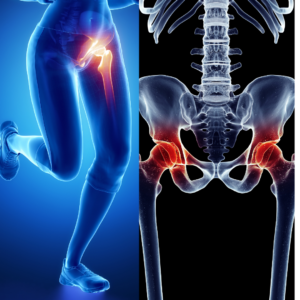Humans are unique among primates in their ability to throw objects with speed and accuracy. This skill has played a crucial role in human survival and evolution, as it has enabled us to hunt for food and defend ourselves against predators. But how did our shoulders evolve to become so well-suited for throwing? In this blog post, we’ll explore the latest research on the evolution of the human shoulder and how it has been optimized for throwing.
One of the key adaptations that sets the human shoulder apart from other primates is its highly mobile joint. The ball-and-socket joint of the human shoulder allows for a wide range of motions, including rotation, adduction, and abduction. This makes it possible for the arm to rotate in a circular motion, which is essential for the throwing motion.
A study published in the journal Nature in 2010 suggests that the evolution of the human shoulder was shaped by the need for improved throwing ability in hunting and defense. The researchers found that the human shoulder joint is uniquely adapted to the act of throwing, with a greater range of motion than other primates. This allows for the arm to rotate in a circular motion, which is necessary for the throwing motion.
Another study published in the journal Nature in 2016 found that the muscles that control the movement of the shoulder are also specialized for throwing. The rotator cuff muscles and the deltoid muscle, which are responsible for lifting and rotating the arm, are much stronger in humans than in other primates. This allows humans to generate more force and speed when throwing.
In addition to these physical adaptations, humans also have a highly developed nervous system that allows for precise control of the shoulder muscles. A study published in the Journal of Human Evolution in 2015 found that the nervous system in humans is better able to coordinate the movement of the shoulder muscles, which allows for more accurate throwing.
In conclusion, the human shoulder has evolved to become a highly specialized and optimized tool for throwing. The ball-and-socket joint, specialized muscles, and developed nervous system all work together to allow humans to throw objects with speed and accuracy. If you’re experiencing shoulder pain, it could be related to overuse or improper throwing technique.
If you would like to learn more about shoulder pain and how to alleviate it, our next Free Online Shoulder Pain Workshop taking place on Tuesday, February 7th from 5:30pm to 6:30pm taught by expert physical therapist Andreas Schenk. Sign up today at resultsrehab.com/workshops/ today!




